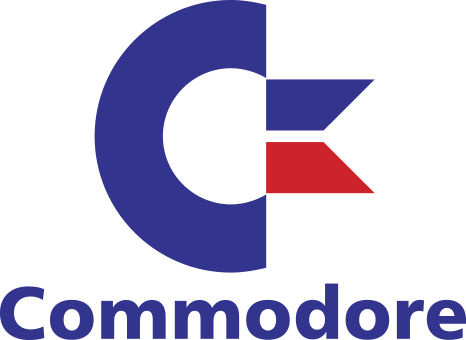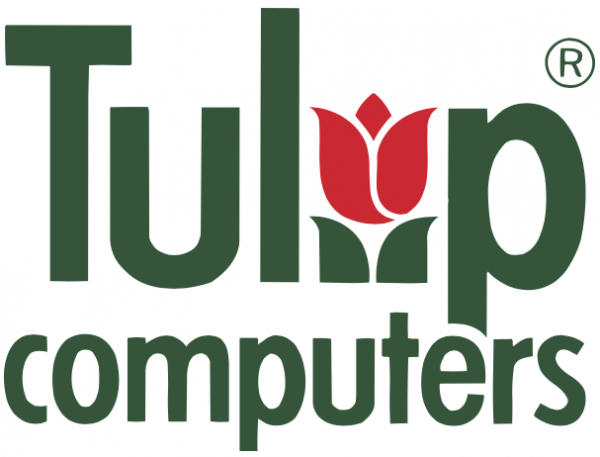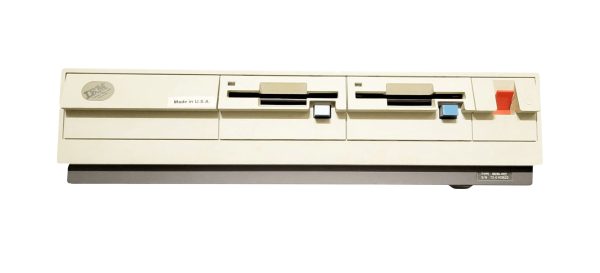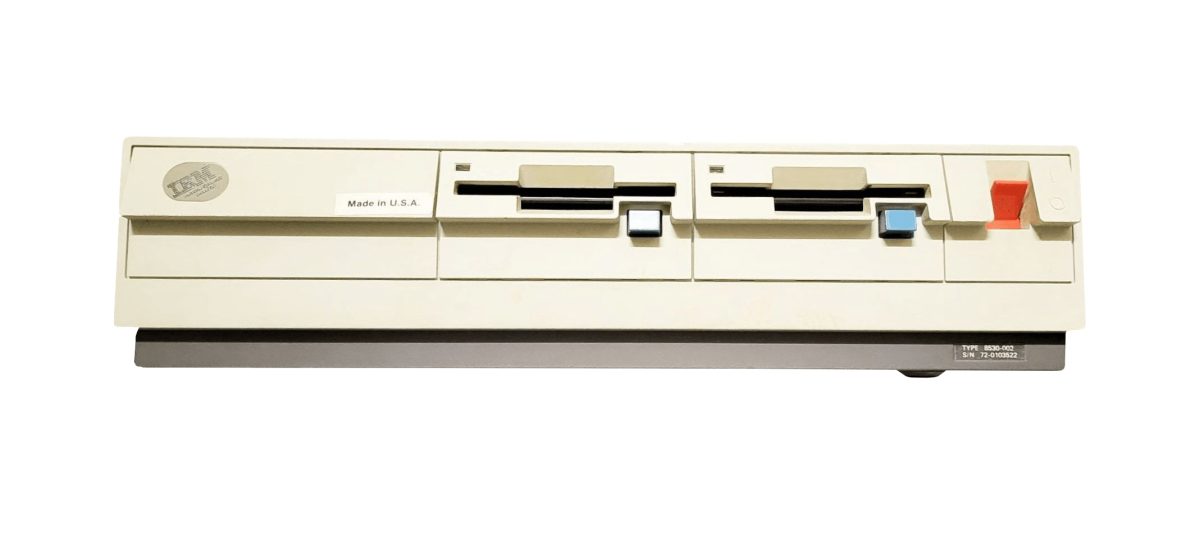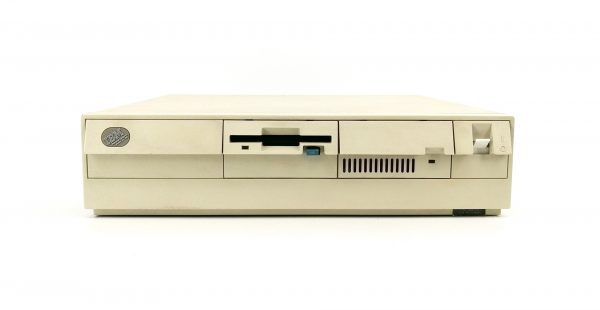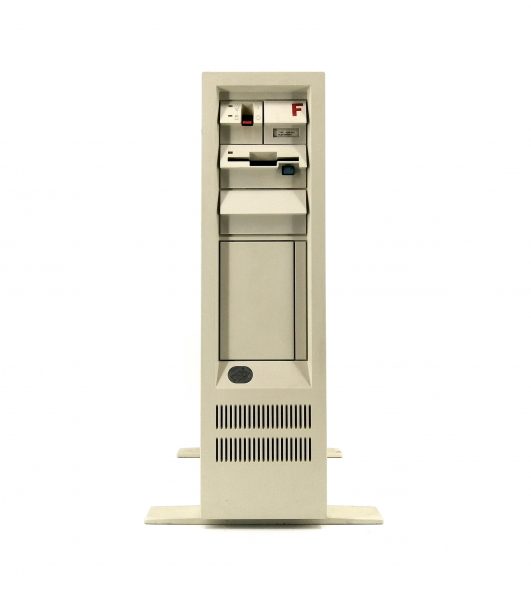IBM PS/2 Model 30
The Personal System/2 or PS/2 is the third generation of personal computers from IBM. Released in 1987 as a replacement for the IBM Personal Computer.
IBM PS/2 Model 30
The Personal System/2 or PS/2 is the third generation of personal computers from IBM. Released in 1987 as a replacement for the IBM Personal Computer.
According to IBM's commercials:
“The IBM 8530, Personal System/2 Model 30 is a new general purpose computer system that offers enhanced features beyond those of the IBM PC and PC XT*, especially in terms of graphics, at lower prices for the This system includes many newly integrated features as standard, such as a graphics adapter and parallel port, and many existing PC option cards can be connected for further expansion. 20 megabytes and a single floppy disk drive. All models have 640 KB RAM as standard."
It officially replaced the IBM PC, XT, AT and PC Convertible in IBM's lineup. Many of the innovations of the PS/2, such as the 16550 UART (serial port), 1440 KB 3.5-inch floppy disk format, Model M keyboard layout, 72-pin SIMMs, the PS/2 port, and the VGA video standard, went on to become standards in the wider PC market.
The PS/2 line was created by IBM, in part in an effort to regain control of the PC market by introducing the advanced but proprietary Micro Channel architecture (MCA) on the more expensive models. These models were in the odd position of being incompatible with the IBM-compatible hardware standards previously established by IBM and adopted in the PC industry. However, IBM's original PS/2 computers were popular with corporate buyers in the target market, and by September 30, 1988, IBM reported that it had sold 3 million PS/2 machines. This was only 18 months after the new range was introduced.

